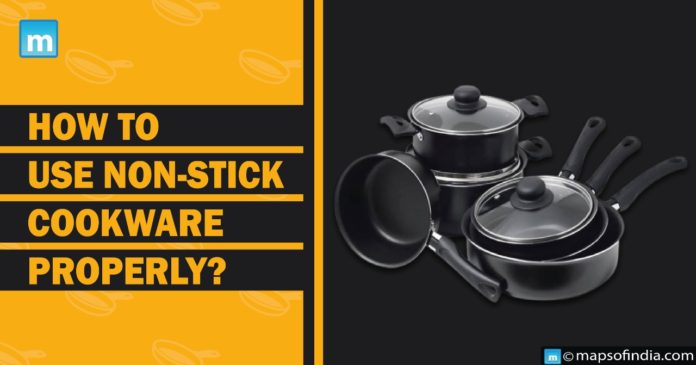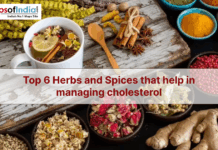Non-stick utensils will last for years if handled correctly. The use of non-stick utensils has increased. Cooking in these is also comfortable because the food gets cooked in less oil without sticking to the surface. But non-stick utensils also have to be taken care of to last for a long time and not harm the health. So, if you have bought a new non-stick utensil, then also know about using and handling it:
- Seasoning is required before cooking
It is necessary to season the non-stick utensils before using them. Failure to do so may result in the utensil losing its non-stick quality. More oil is required during cooking in non-stick utensils. Seasoning is still needed if the food starts to stick to the pot. For this, wash the pot with warm water and soap. Wipe with a clean cloth and apply a peanut oil or canola oil spoonful. Keep the pot on medium heat for 30 to 60 seconds. Remove it from the flame and let it cool down. Wipe off excess oil with tissue paper. Always use peanut or canola oil for seasoning dishes.
Method of use
When the coating starts coming out of the pot and the layer starts to crumble from place to place, it should be changed. Using steel or other metal spatulas and cleaning pads can also damage non-stick utensils. Use a wooden or silicone spatula while cooking in non-stick utensils. Don’t even scrape the sticking food. At the same time, soaking a hot vessel in cold water immediately can also spoil it.
What not to cook?
Omelet, Pancake, Cheela, Dosa, Uttapam, and Cheese dishes can be made with non-stick utensils. At the same time, do not make foods with more acid like tomatoes and lemons. Do not make curry vegetables or sauces in it. Do not use it for recipes in which the colour of the food item changes, such as caramelising the sugar. Avoid cooking sweet dishes like pudding or rice. Do not roast peanuts or dry fruits, and never use the non-stick cookware to fry and crisp meat.
Keep track of the temperature
Never cook food on a high flame while using non-stick utensils. Always keep the flame medium or low. Due to high heat, the coating layer will start breaking from the pot, due to which it will deteriorate quickly. The broken pieces will also be found in food and will harm health. Put the non-stick vessel on the flame first by adding oil or ghee.
Do not use cooking spray
The cooking spray uses less oil, but it tends to build up a layer of fat on the pot’s surface. This layer does not burn even during cooking, and it starts gathering in one corner. It spoils the pot quickly.
Incase you want to temper
Keep in mind that while adding butter or oil to the non-stick vessel, it should be cool. Add butter to a cold vessel and put it on the flame. As soon as it becomes slightly hot, add the tempering ingredients.
Always hang non-stick utensils. Do not stick utensils together or stack them one on top of the other. It will damage their coating. Keeping a paper towel between the two non-stick utensils would be better.




